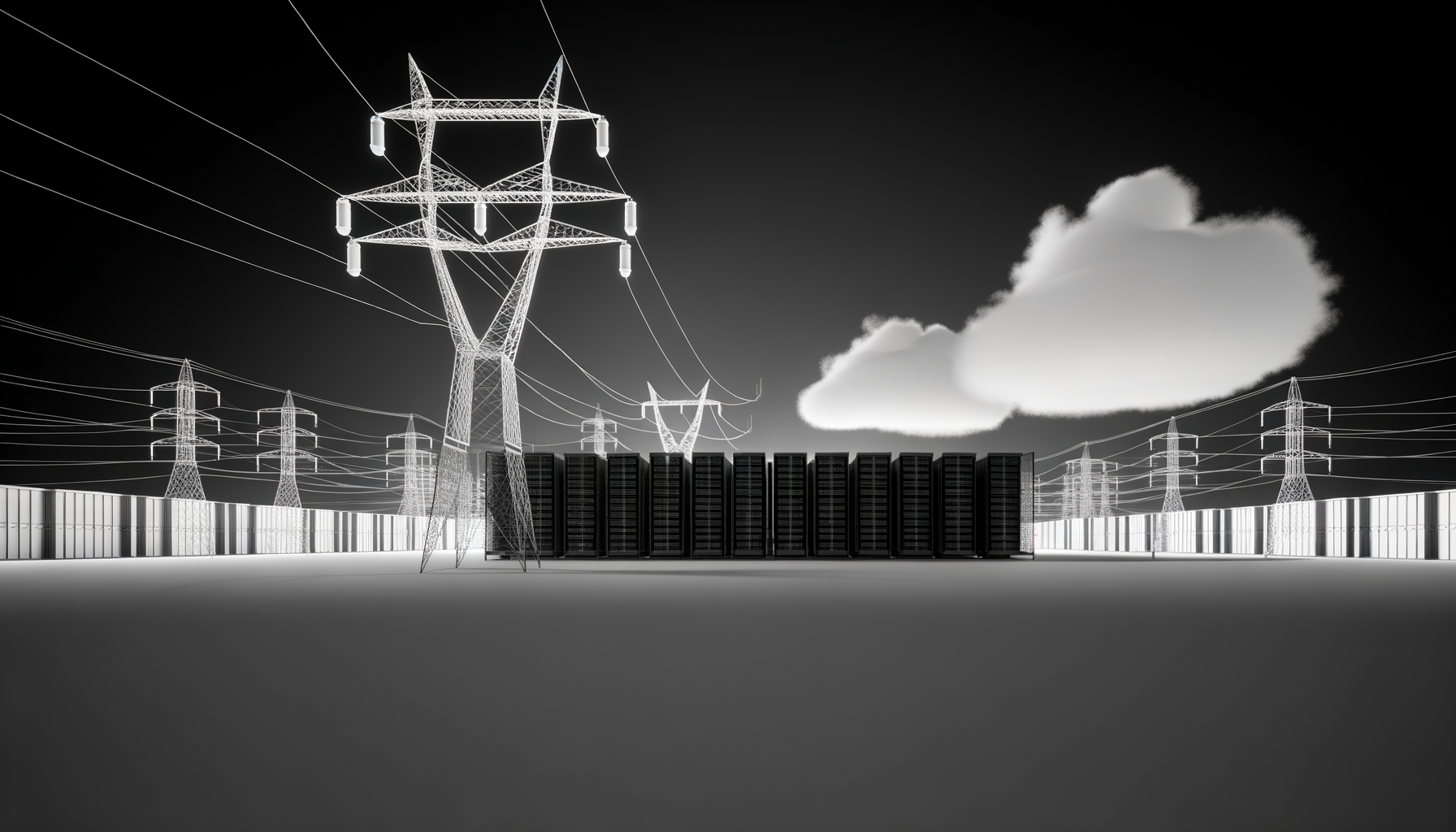The Pentagon just dropped $200M on frontier AI and won’t tell us what they’re building—while testing autonomous killer vehicles in Eastern Europe. This isn’t conspiracy theory; it’s happening right now.
The $200 Million Question Nobody’s Asking
Last month, while Silicon Valley debated whether Claude should help with homework, the Department of Defense quietly signed multiple $200 million contracts for frontier AI models. Not one contract. Multiple. Each worth more than most startups’ entire valuations.
The kicker? The Chief Digital and AI Office (CDAO) won’t disclose implementation details. Defense experts raised alarms on August 4, but their concerns vanished into the same black hole as the contract details.
What We Know (And What They’re Hiding)
Here’s the sparse intelligence we’ve gathered:
- Multiple frontier AI foundation models with advanced natural language processing
- Computer vision capabilities integrated into defense systems
- Reasoning engines that make autonomous decisions
- Implementation across Army and Special Operations Command
- Zero transparency on safety protocols or kill-chain integration
Meanwhile, the Army tested their ULTRA autonomous vehicle in early August—a prototype with counter-drone capabilities that operates without human control. Connect the dots.
The Technical Infrastructure Nobody’s Discussing
As someone who’s architected AI systems for both commercial and government clients, the infrastructure requirements for these frontier models are staggering. We’re talking about:
Compute Requirements
- Minimum 10,000 GPU clusters for training and inference
- Classified data centers with air-gapped environments
- Real-time processing for battlefield applications
- Edge deployment capabilities for autonomous systems
Data Pipeline Nightmares
- Petabytes of classified training data
- Multi-domain sensor fusion from satellites, drones, ground systems
- Real-time data sanitization for model inputs
- Chain-of-custody requirements for decision auditing
The CDAO’s silence isn’t just bureaucratic—it’s deliberate operational security around capabilities that fundamentally change warfare.
Why Military AI Transparency Actually Matters
“When frontier AI models make targeting decisions in milliseconds, transparency isn’t academic—it’s existential.”
The Agile Spirit 2025 exercises are actively testing these AI-enabled systems. Not in simulations. In actual field conditions with live equipment. The integration spans ISR (Intelligence, Surveillance, Reconnaissance) to active counter-UAS operations.
The Hidden Risks Engineers Should Understand
Adversarial Exploitation: Without knowing the model architectures, we can’t assess vulnerabilities to adversarial inputs. Imagine a foreign actor poisoning training data or exploiting inference endpoints.
Cascading Failures: Frontier models exhibit emergent behaviors. In civilian applications, that means unexpected chatbot responses. In military systems, it means autonomous weapons making decisions outside human comprehension.
Attribution Nightmares: When an AI system makes a lethal decision, who’s responsible? The model? The operator? The contractor who built it? Current military justice frameworks can’t handle this.
The Infrastructure Engineer’s Perspective
For those of us building AI infrastructure, these contracts reveal critical patterns:
Scale Indicators
- $200M per contract suggests enterprise-scale deployments
- Multiple simultaneous contracts indicate parallel capability development
- Cross-service integration requires massive interoperability work
- Real-time requirements demand edge computing at unprecedented scale
Technical Debt Accumulation
The speed of these deployments guarantees technical debt. When you’re rushing frontier AI into production for “national security,” you skip:
- Comprehensive testing frameworks
- Interpretability layers
- Rollback mechanisms
- Human oversight integration
What This Means for Commercial AI
The Pentagon’s approach sets precedents that ripple through the entire AI industry. Military-grade security requirements will become table stakes for any serious AI deployment.
Coming Changes to Civilian Infrastructure
Security Theater Becomes Security Reality: The authentication, monitoring, and isolation requirements developed for military AI will filter down to commercial deployments. Your chatbot infrastructure will need defense-grade security.
Regulatory Frameworks Will Militarize: When Congress sees what frontier AI can do in military contexts, civilian AI regulation will tighten dramatically. The “move fast and break things” era ends when the things that break include international treaties.
Talent Wars Intensify: Engineers with security clearances who understand frontier AI will command astronomical salaries. The brain drain from commercial to defense contractors has already started.
The Transparency Paradox
Here’s the fundamental tension: military AI needs operational secrecy but democratic oversight. The CDAO’s black-box approach protects capabilities from adversaries but prevents legitimate scrutiny.
Questions We Should Be Asking
- What kill-chain decisions can these models make autonomously?
- How are they handling the alignment problem in lethal contexts?
- What happens when models hallucinate in combat scenarios?
- Who reviews automated targeting decisions?
- How do we prevent adversarial nations from reverse-engineering capabilities?
The Path Forward (If There Is One)
As technical leaders, we need to push for:
Selective Transparency: Not all details need public disclosure, but oversight committees need full visibility. Engineers with appropriate clearances should audit these systems.
Technical Standards: Before deploying frontier AI in lethal contexts, we need rigorous standards for testing, validation, and human oversight.
Infrastructure Hardening: Every AI system needs to be built assuming adversarial actors will try to compromise it. This isn’t paranoia when nation-states are the threat model.
What Engineers Can Do Now
- Demand transparency from your representatives about military AI oversight
- Build security-first architectures in all AI deployments
- Develop expertise in adversarial ML and model security
- Create open frameworks for AI safety that military contractors can adopt
- Document decision chains in your own AI systems as precedent
The Bottom Line
The Pentagon’s frontier AI blackout isn’t just a military issue—it’s a preview of AI governance failures that will cascade through every sector. When the world’s largest military deploys AI systems with zero transparency, it normalizes opacity in systems that literally decide who lives and dies.
We’re not talking about chatbots giving bad recipes. We’re talking about autonomous systems making irreversible decisions at machine speed with human lives in the balance.
The technical community built these capabilities. We have a responsibility to ensure they’re deployed with appropriate oversight, even—especially—when that deployment happens behind classification stamps.
The Pentagon’s $200M frontier AI contracts aren’t just classified programs—they’re a test case for whether democratic societies can maintain control over increasingly autonomous military systems, and right now, we’re failing that test.





